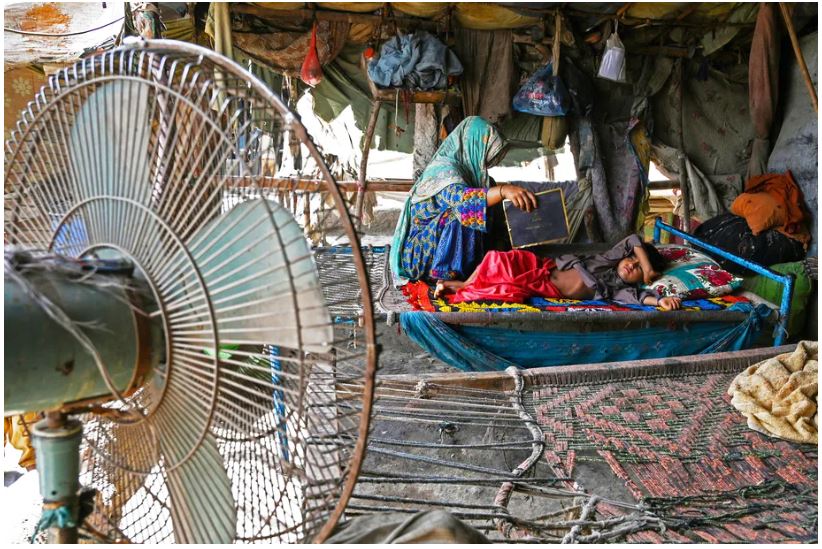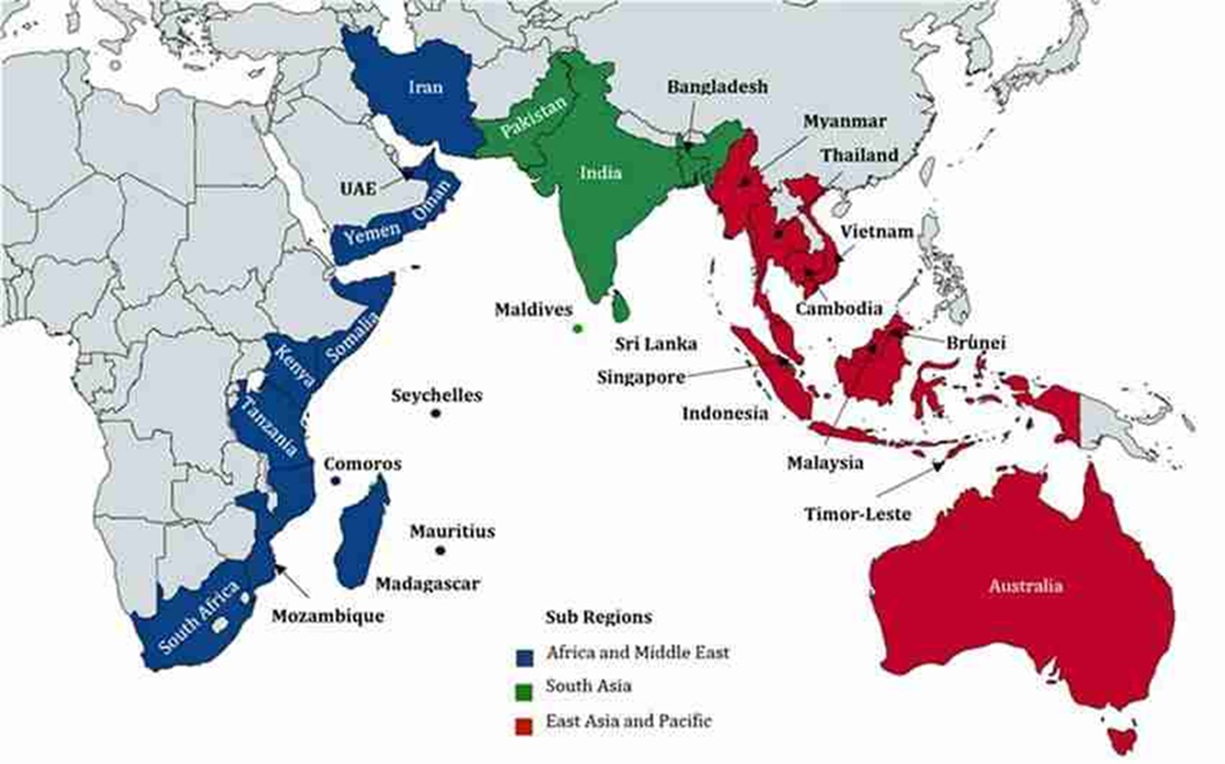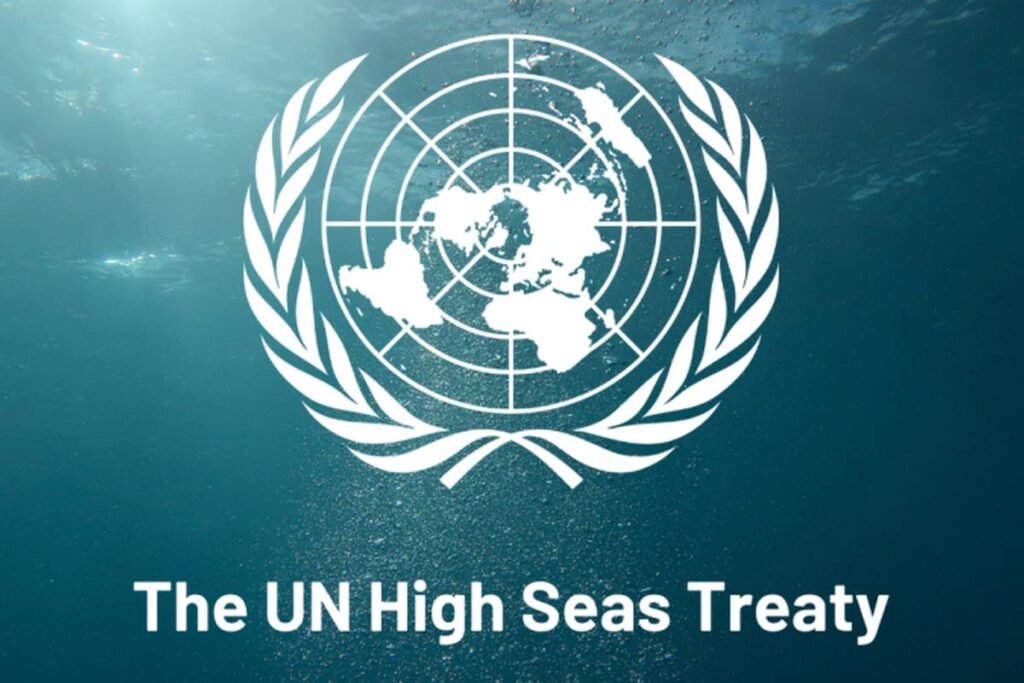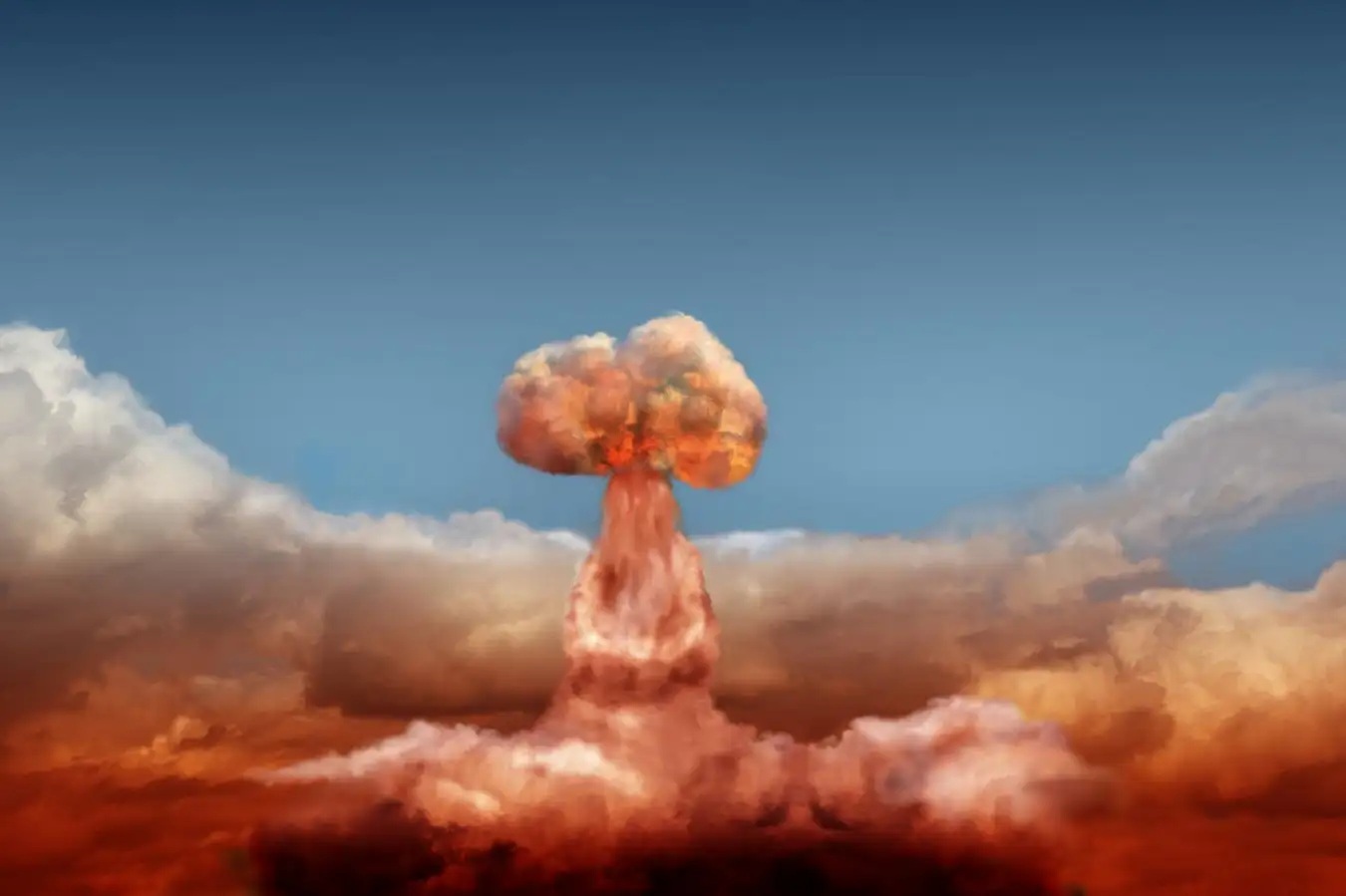Extreme heat as part of Global Warming and Climate change is becoming a huge cause of concern for all of us.
Early-onset of extremely hot weather is testing us ‘Earthlings’. No creature or species is being spared. The wheat crop has been ravaged by the heat in the country and it is feared that millions may starve. Drinking water sources are drying up in many parts of the world and the sowing of the next crop may happen in fewer areas.
Forest fires have sprung up in many places. The polar ice is melting fast and so are the glaciers in the third pole: the Hindukush-Karakoram-Himalayan Snow system. Just last week the Shilper glacier melted and the massive Hassanabad bridge in Pakistan was washed away due to its flooding waters. On 15th May 2022, Najafgarh in Delhi boiled at 49.1°Celsius while Jacobabad in Pakistan sizzled at 51°Celsius. On the other hand, Assam is flooding due to excess rainfall these days. It appears that climate change has already taken place.
Are these the only effects of Climate change or are we likely to see many more permanent changes on our Mother earth in the coming years? Let’s see them one by one.
General Health of Population
Climate change with high pollution will result in:-
- Effects of Heat like heat stroke, heat exhaustion and dehydration.
- Diseases due to shortage of tap water and high temperature. Diarrhoea, dysentery and other waterborne diseases. Skin diseases due to inadequate water for bathing.
- Diseases due to flooding. Apart from waterborne diseases, leptospirosis, dengue and malaria also originate and spread.
- Diseases due to high pollution. Apart from respiratory diseases, the incidence of heart diseases, diabetes and cancer will also rise. Last year, 2.4 million Indians died due to pollution, the highest in the world.
- Sleep is affected when the night temperature doesn’t fall and the person has no air conditioning. This disturbed sleep affects the work output the next day. Disturbed sleep for many days affects the heart and the brain causing stress-related diseases of these two organs.
- The elderly, children, people working outdoors and the homeless people are the most affected due to extreme heat and they need special attention.

Food Stock
Just when the agriculture experts announced a bumper wheat crop in early March, the unusual heatwave dashed their hopes. Farmers were also disappointed as the extreme heat reduced the yield of their harvest by 15% to 20%. Other effects of climate change on agriculture will be:-
- Increase in the ‘drought-hit areas. More and more farmlands will receive less and less water for irrigation. Production of crops will suffer. An example in our neighbourhood is Pakistan which, in recent years has become an importer of food grains due to lesser production as less irrigated land is available.
- Change in cropping patterns. Many villages of the Kullu District where apples were being grown for decades have now chopped their trees. Earlier, these areas used to have snowfall in winter but the effects of global warming stopped snowfall which is essential for growing apples. The same is the case with certain other crops in other regions where the climate is changing. The small farmers are at the receiving end because they don’t have the capital to switch over to other crops.
Melting Glaciers
Prolonged periods of extreme heat and shorter spells of snowfall have the above effect on the mountains. The third pole is the main source of drinking water and irrigation for almost a third of humanity. It is postulated that for the next 25 years to 30 years, melting glaciers will keep feeding the numerous rivers due to extreme heat. After that, there will be very little snow left for the people on the plains. The extreme heat also causes sudden rushes of water which in turn causes floods or even the creation of new lakes in areas inhabited by humans.
Rising Oceans
In the hundred years of the 20th century, there was a 15 cm rise in ocean level. In this century it has accelerated to 3.6 mm per year. The yearly increment will continue to increase even in this decade due to the melting of snow. Hundreds of islands have already disappeared due to rising levels of oceans and seas. Many islands of Fiji and our own Andaman and Nicobar groups are under threat. The ecology of partially submerged islands and coastal regions is changing, slowly but surely. The same can be seen in the Andaman group where grand old trees like the famously tall and straight ‘Andaman Teak’ are getting lost.
In the Sunderban delta region, the inhabitants have their crops of betel leaf rotting due to saline seawater breaching embankments. Many have migrated to Gangasagar which itself may submerge in the coming decades. 70% of the coral reef has been breached due to extreme heat and pollutants. The variety of fish caught by fishermen is getting reduced. Some scientists also state that the rising Ocean Levels may increase the incidence of Tsunamis.
Migration of Population
As the islands and coastal regions submerge, people living there will have to migrate to areas where they can earn their livelihood. Farmers will also migrate from areas which become drought-hit for many years, continuously. The farmers and the less educated will, perforce, become daily wage-earning labourers. Migration will also take place from those places which depend on tourism due to their salubrious climate now but which will also heat up in a few decades. Poverty will increase greatly. Migration from Bangladesh will also increase into Assam and Meghalaya as it will be affected much more because of rising sea levels. Migrants will also come from Sri Lanka when Tamil dominated areas will get affected.
Forest fires
Fires are becoming notorious during summers. The earth’s natural wealth of flora and fauna is getting lost permanently because of them. Such forests may come back in 3 to 5 decades if efforts are made but some species of animals, birds, insects and microorganisms may be lost forever.

The number of fires in slum areas and shanty towns is much more in summers. Spontaneous fires in the huge garbage dumps of cities have also started occurring due to high ambient temperatures. Whether the fire occurs in the forest or in the cities, it raises the atmospheric temperature. In addition, it also adds to the carbon load as well as causes airborne pollution.
Increasing Energy Requirements
When extreme heatwaves start, the load on energy increases manifold in order to run cooling systems for humans. Frequent breakdowns are reported. Pressure on water supply increases, which again depends on electricity. Shortage of water is another issue. An increase in electricity generation means adding to greenhouse gases as well as pollution. An increase in energy and water/ cold drink consumption by households also affects their food expenditure.
Sudden Rains and Cloud bursts
Extremely hot and prolonged summers have changed the rainfall pattern in the past few decades. Very heavy rainfall in a short time causes land mud-slides damaging homes, roads and bridges. Incidents of storms and lightning have also increased, uprooting trees and damaging property farm produce and marine life. The farmers and fishermen are hard-pressed as the prediction of storms are not foolproof.
Conflicts for Water Resources
Deaths due to the effects of heat, floods, landslides, storms and lightning have increased by three times in the last decade when compared to the previous decade. India is the 4th most affected country in the Global Climate Risk Index. Our neighbour, Pakistan is also in the top 10. Deaths due to droughts, storms and floods are 15 times more in the top 10 countries than compared in the bottom 10. Pakistan has already run short of water and is in conflict with Afghanistan over the water released into the Kabul river. The Indus river is expected to go dry in the not too distant future. On the other side, China is reportedly making huge dams on the Brahmaputra river curtailing its flow to India and Pakistan. No wonder, the next great war may start with conflicts over river waters.
Having a clearer view of the future, should we keep sitting in our AC environment with folded hands and do nothing about it. Let our children fend for themselves when they grow up. Or, wait for the developed world to give us billions of dollars for reducing our Green House Gas emissions? Which incidentally is the most important cause of global warming and extreme heat. Do we have it in us to do something by ourselves?
Title image courtesy: Clean Future
Disclaimer: The views and opinions expressed by the author do not necessarily reflect the views of the Government of India and Defence Research and Studies








